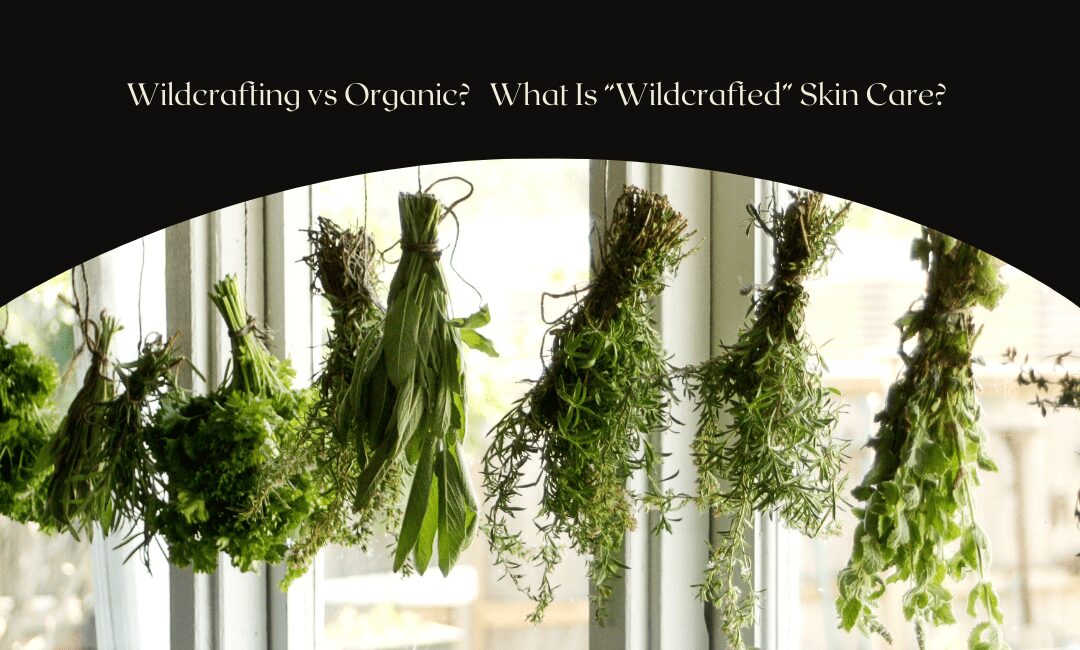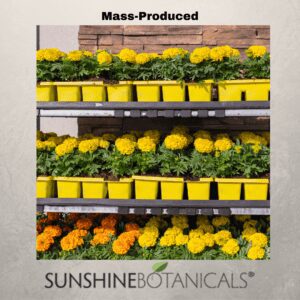What Is “Wildcrafted” Skin Care?
A Deeper Look at Botanicals
As consumers become more informed and selective about what they use on their skin, questions arise about which is better when it comes to ingredients and products they should use: Natural or Synthetic? Conventional or Organic? Mass-produced or boutique brands? So much confusion surrounds these options, and we haven’t even begun the debate between “wildcrafted” and “organic” when it comes to ingredients in skincare and cosmetics. There has been a long-standing debate as to which is better.
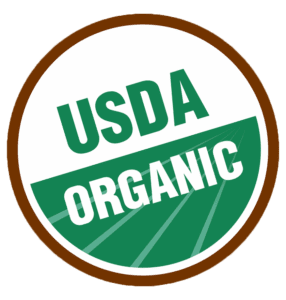
“Certified organic” herbs and plants are grown on farms and produced according to standards which translate into no harmful pesticides, fertilizers, or GMO plants (genetically modified organisms) to enhance their growth. Before they even hit the shelves, certified organic products must pass strict criteria to earn the right to be labeled as such. These products may be healthy, yes, but because these ingredients are grown under ideal conditions and not necessarily in their natural habitat, they may not retain all the attributes of their wild-crafted counterpart.
Both ‘wildcrafted” and ‘certified organic” products are free of harmful chemical additives and are much healthier and safer than their commercial-grade, synthetic counterparts. Still, few fully understand the difference between these ingredient classifications. Since they are much more than marketing buzz words, let’s take a look at what these terms mean and the basics of how plants used in skincare are actually produced…
Join our Founder – “the Skin Whisperer” on a wildcrafting adventure!!
See for yourself where our potent ingredients come from!
Before there was a “certified” Commercially Grown
Natural or Synthetic? Conventional or Organic? Mass-produced or Boutique Brands?
As consumers become more informed and selective about what they use on their skin, questions arise about which is better when it comes to ingredients and products they should use: Natural or Synthetic? Conventional or Organic? Mass-produced or boutique brands? So much confusion surrounds these options, and we haven’t even begun the debate between “wildcrafted” and “organic” when it comes to ingredients in skincare and cosmetics. There has been a long-standing debate as to which is better.
Commercially grown plants grown for food or herbal products are cultivated and farm-raised. The growers may use chemical fertilizers, herbicides, pesticides, and growers may also use chemical fungicides. In addition, many plants, and especially herbs, are often radiated after harvest. Many of these foods and herbs are genetically modified, and you’ll see the term GMO used to describe such foods and herbs. The herbs may look big and beautiful, but they are quite often inferior in terms of vitamins, enzymes, and phytonutrients.
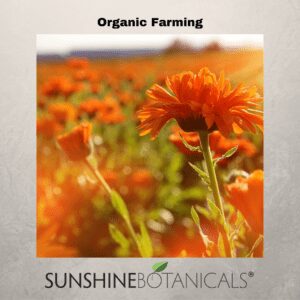
Organic plants are also farm-raised, and they come from large commercial organic farms, small local growers, or your garden. Organic growers are limited to certain fertilizers, pesticides, and herbicides deemed to be less toxic and/or non-polluting. Many of the treatments they use, such as dormant oil spray or sulfur, have been in use for hundreds of years without evidence that they cause environmental harm. Organic farmers are more likely to use animal manures and compost, crop rotation, and environmentally sustainable practices.
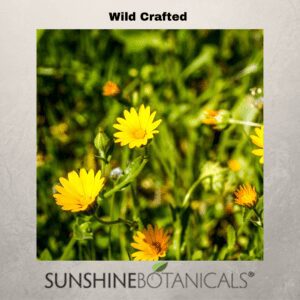
Wildcrafted, as the name implies, are plants that grow in the wild. They are not farmed or otherwise manipulated with extra watering or fertilizer but must endure drought, flood, insect and animal predation, and compete with weeds. Unlike commercially or organically grown plants, wildcrafted plants are entirely on their own. As is the case with humans, a certain amount of stress is beneficial. Wildcrafted plants have developed strategies to fight off insects, handle changing environmental conditions and sequester vital nutrients and enzymes to help ensure their survival. Once harvested, they typically offer much more in terms of health benefits and nutrients.
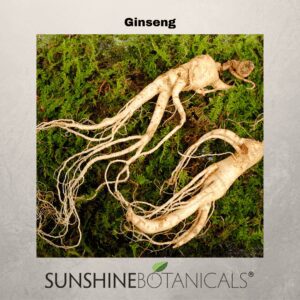
Another issue is that air, soil, and water pollution occur even in some areas of the wild. Where plants are harvested in the wild is very important. For example, you wouldn’t gather wild plants that grow next to a busy roadway or in a field near an industrial facility. Pristine locations are critical to finding plants in season in their native regions that are ready for harvest, which often limits how much can be gathered for commercial production.
Always remember: natural is not always wild, but wild is ALWAYS 100% natural! The practice of wild harvesting is on par with organic farming, it’s sustainable, and it even has the potential to deliver a more potent product.
Sunshine Botanicals Beginnings
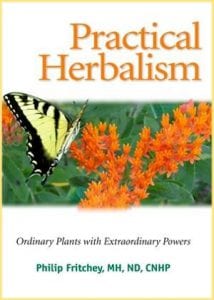
Our three original ingredients:
- Comfrey (to heal damaged tissue, reduce inflammation and stimulate cell regeneration),
- Oregon Grape Root (known for its antimicrobial and anti-inflammatory properties) and
- Calendula Blossoms (to soothe, hydrate and plump the skin) are not from cultivated farms – they are wild and free.
That said, it’s worth noting that wild ingredients can be “farmed” as well — but wild farming is more about land stewardship and hand gathering without interfering with the natural growth cycle. This is a good thing when environmental calamities in varying regions occur. The ingredients can still be sourced another way.
At the end of the day, if you’re looking to differentiate between trendy natural skincare and truly natural skincare, wild is a great place to start. I think “wild” is the new frontier in healthy, non-toxic skincare. Personally, I don’t think there’s anything more natural than Mother Nature creating it herself!
My Passion is your solution!
![]()
